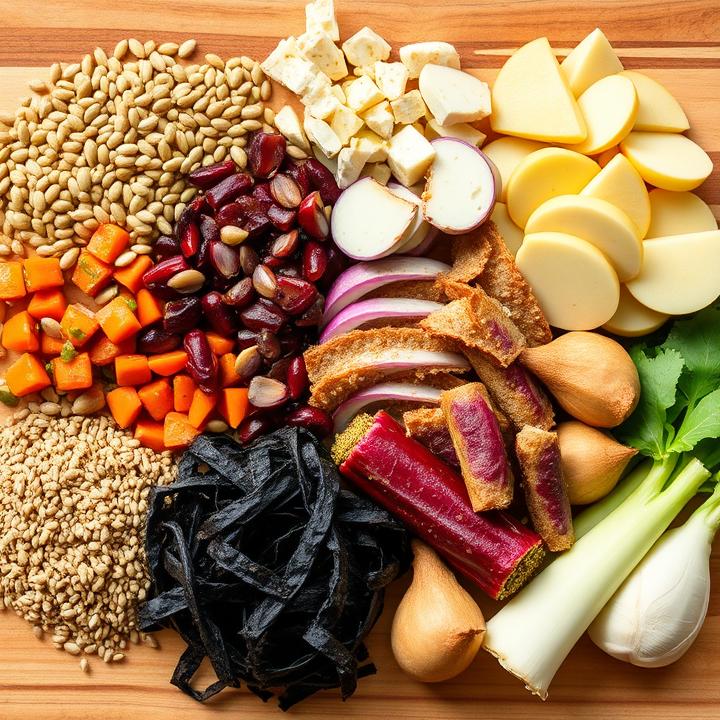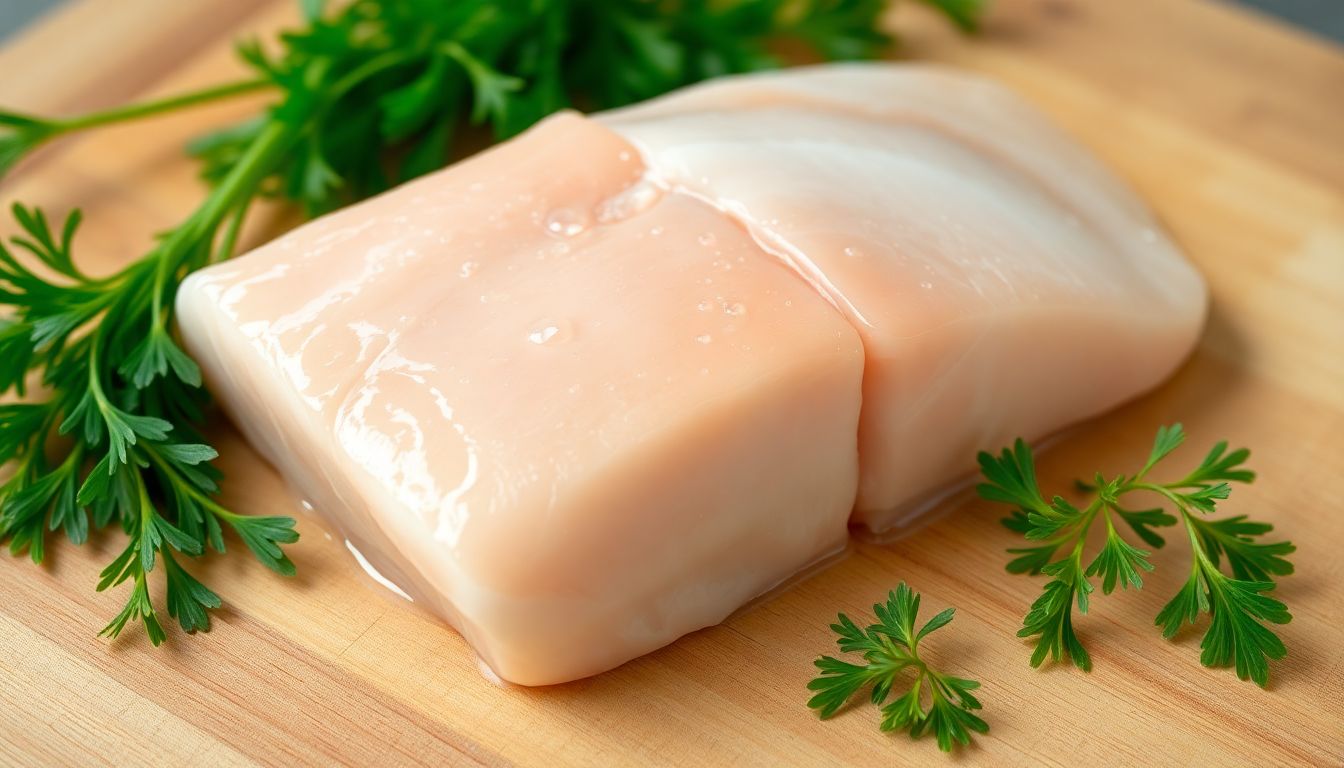As the winter chill sets in, it’s time to rethink our diets and embrace foods that not only warm us up but also pack a nutritional punch. While we often hear about the usual suspects like kale and quinoa, there are plenty of lesser-known superfoods that can elevate your winter meals. Here are nine uncommon superfoods to consider adding to your diet this season, along with tips on how to incorporate them and what to avoid.
1. Kohlrabi
Kohlrabi, often overlooked in the produce aisle, is a cruciferous vegetable that’s rich in vitamin C, fiber, and antioxidants. Its crunchy texture makes it a great addition to salads or slaws. You can also roast it for a delicious side dish.
Tip: Avoid overcooking kohlrabi, as it can become mushy. Try steaming it lightly or enjoying it raw.
2. Miso
This fermented soybean paste is a staple in Japanese cuisine and is packed with probiotics, which are great for gut health. Miso can be used to make warming soups, marinades, or dressings.
Common Question: Is miso high in sodium? Yes, it can be, so use it sparingly if you’re watching your salt intake.
3. Sunchokes (Jerusalem Artichokes)
Sunchokes are tubers that resemble ginger and have a nutty flavor. They are high in inulin, a type of fiber that supports digestive health. You can roast them, add them to soups, or even mash them as a potato alternative.
Tip: Avoid peeling sunchokes, as the skin contains many nutrients. Just give them a good scrub before cooking.
4. Seaweed
Rich in iodine, vitamins, and minerals, seaweed is a fantastic addition to winter diets. It can be used in soups, salads, or as a snack. Plus, it’s a great way to add umami flavor to your dishes.
Common Question: Is seaweed safe to eat every day? While it’s nutritious, moderation is key due to its iodine content.
5. Amaranth
This ancient grain is gluten-free and packed with protein, fiber, and essential amino acids. Amaranth can be cooked as a porridge, added to soups, or used as a base for salads.
Tip: Avoid cooking amaranth in too much water; it can become gummy. Use a 2:1 water-to-grain ratio for the best texture.

6. Black Garlic
Black garlic is fermented garlic that has a sweet, tangy flavor and is rich in antioxidants. It can be used in sauces, dressings, or as a spread.
Common Question: How do I use black garlic? You can mash it into a paste, chop it into dishes, or simply enjoy it on toast.
7. Camu Camu
This Amazonian superfruit is known for its incredibly high vitamin C content—up to 60 times more than an orange! Camu camu is often found in powder form and can be added to smoothies, yogurt, or oatmeal.
Tip: Avoid heating camu camu powder, as it may lose some of its nutritional benefits.
8. Celeriac (Celery Root)
Celeriac is a root vegetable that’s often overlooked but is a great source of vitamins K and C, as well as fiber. It can be roasted, mashed, or used in soups for a hearty winter dish.
Common Question: How do I prepare celeriac? Simply peel the tough skin and cut it into cubes for cooking.
9. Hemp Seeds
These tiny seeds are a powerhouse of protein, healthy fats, and minerals. They can be sprinkled on salads, blended into smoothies, or added to baked goods for an extra nutritional boost.
Tip: Avoid buying hemp seeds that are not organic, as they can be contaminated with pesticides.
Conclusion
Incorporating these uncommon superfoods into your winter diet can help you stay healthy and energized during the colder months. Not only do they offer unique flavors and textures, but they also provide a wealth of nutrients to support your overall well-being.
So, the next time you’re at the grocery store or farmer’s market, keep an eye out for these superfoods and get creative in the kitchen! If you have any questions or need recipe ideas, feel free to reach out or check out the links provided for more information. Happy eating!








